Looking to take your beauty brand to the next level? Whether you’re running a salon, launching a skincare line, or growing an indie cosmetics business, knowing what’s working in the beauty marketing world can give you a serious edge.
In 2025, beauty brands that win are blending technology with authenticity, and digital tools with real connection. Here’s what the top-performing brands — both big and small — are doing, and how you can apply it to your own strategy.
Why Digital-First Beauty Marketing is Essential
Consumers now do their homework before buying. According to Mintel, more than 50% of beauty shoppers research online before making a purchase decision. From Google searches to Instagram reviews, your audience is already looking — so your business needs to be visible, credible, and click-worthy.
A strong beauty marketing strategy should include:
- A well-designed, mobile-friendly website
- Local SEO to rank in your area
- Targeted PPC (Google Ads, social media ads)
- Authentic content that tells your story
Start with the essentials: explore our beauty SEO services or get inspired with our salon website guide.
What the Giants Are Doing in 2025
L’Oréal: Leading With Beauty Tech
At CES 2025, L’Oréal unveiled its AI-powered skin analysis tools, offering customers personalised product recommendations based on their unique skincare needs. Their “Beauty Genius” platform combines data, AI, and AR (augmented reality) to create seamless online-to-purchase journeys.
They’re also doubling down on sustainability — using water-saving tech and recyclable packaging across product lines.
What you can learn:
- Embrace digital tools like quizzes or virtual consultations
- Keep messaging short, impactful, and product-focused
- Be transparent about your values and processes
Sephora: AI Meets Personalisation
Sephora continues to be a digital leader with its Virtual Artist app, now enhanced to recommend makeup based on lighting, skin tone, and even mood. Customers can try on thousands of products virtually.
They’re also using AI chatbots for instant customer support and product suggestions — a simple, scalable way to improve user experience.
Want to run smarter ad campaigns like Sephora? Learn more about our PPC services and Google Ads management.
What Indie Beauty Brands Are Doing Better
Ami Colé: Inclusivity Done Right
Harlem-born brand Ami Colé has made waves with its clean, minimal beauty products designed for melanin-rich skin. Their marketing is a celebration of underrepresented communities, and their packaging, messaging and product names all reflect that ethos.
Key takeaway: Find your niche and speak to it authentically.
Bubble Skincare: Growing With Gen Z
Bubble started as a Gen Z-first skincare brand, using social media and relatable messaging to grow fast. In 2025, they’re evolving with their audience, offering more science-backed products while keeping pricing accessible and branding fun.
Lesson: Don’t be afraid to grow up with your audience. Let your marketing mature as they do.
Five 2025 Beauty Marketing Trends You Can Use
- AI and AR Everywhere: From virtual try-ons to personalised skincare tools, technology is now table stakes.
- Sustainability Matters: Customers want ethical, eco-friendly brands. Share your processes openly.
- Inclusivity Is Non-Negotiable: Represent all skin types, tones, and genders in your branding.
- Community-Led Content: Indie brands are building loyal fans by engaging directly on TikTok and Instagram.
- Short-form, High-impact Video: Whether it’s tutorials or behind-the-scenes, video content is essential for visibility.
Need help creating campaigns that tick these boxes? We can support you with content marketing and website copywriting.
How Small Brands Can Compete (and Win)
You don’t need a huge budget to succeed in beauty marketing. You need:
- A professional website that converts
- Local SEO that brings in traffic
- Google Ads that drive fast results
- Compelling content that earns trust
Start by downloading your free SEO audit or exploring our SEO packages designed for small beauty brands.
Final Thoughts: It’s About Connection, Not Just Conversion
Big brands may dominate with tech, but smaller brands win with truth. If you stay true to your values and use the right digital tools, you’ll build a brand people come back to again and again.
At SoNick Marketing, we specialise in helping beauty businesses grow with websites, SEO, and PPC tailored to your goals. Whether you’re running a local salon or launching a skincare startup, we’re ready to help.
📲 Let’s talk or explore more about our full service offerings.
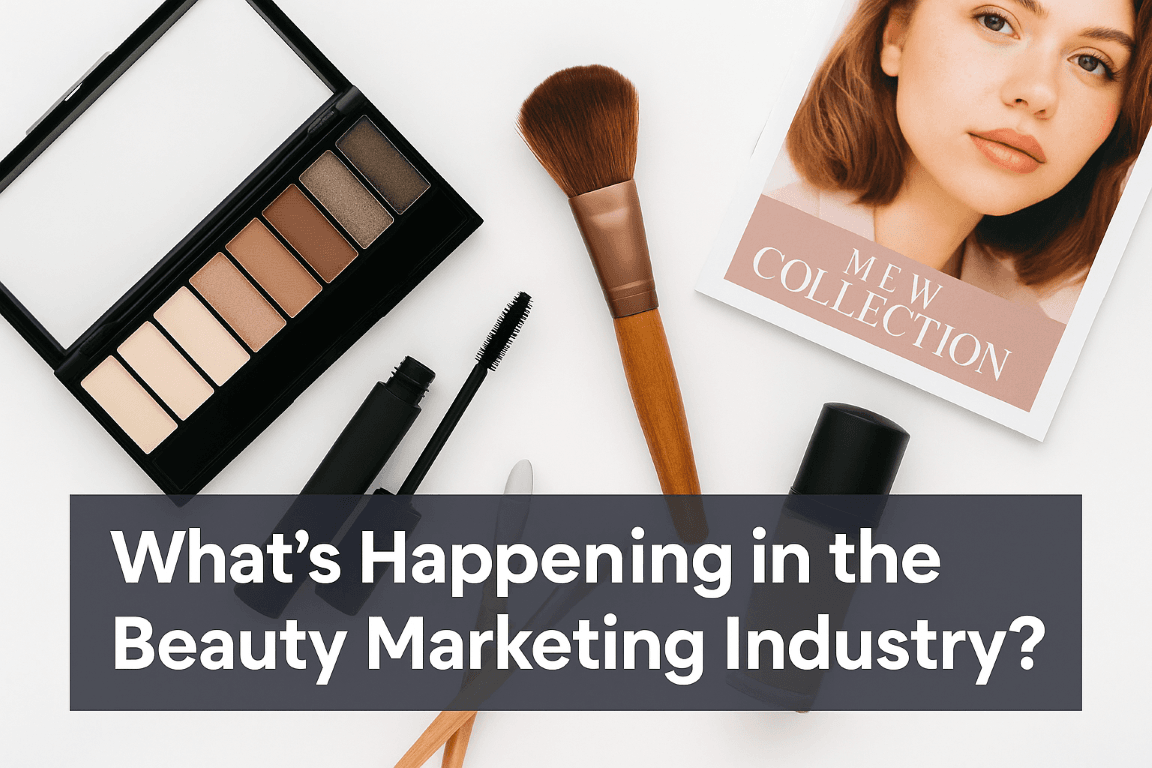
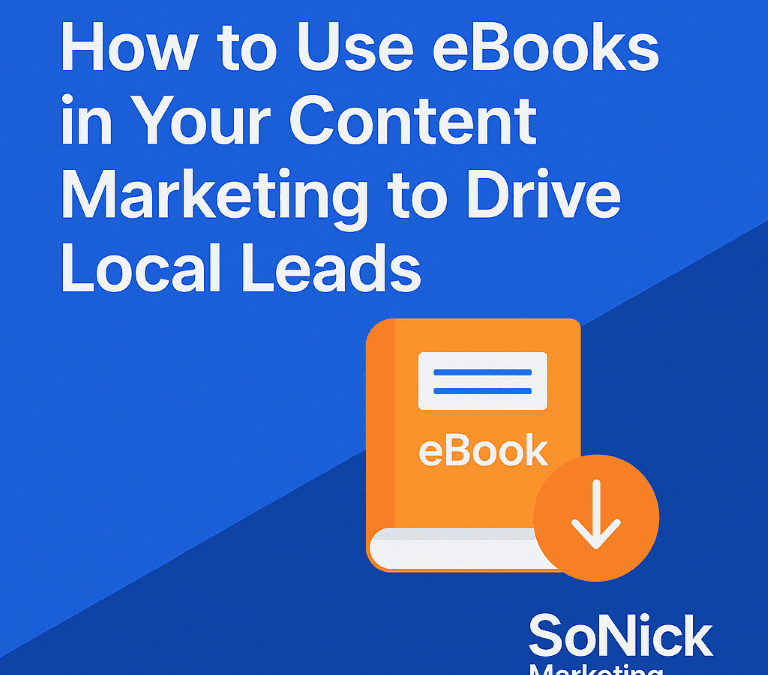
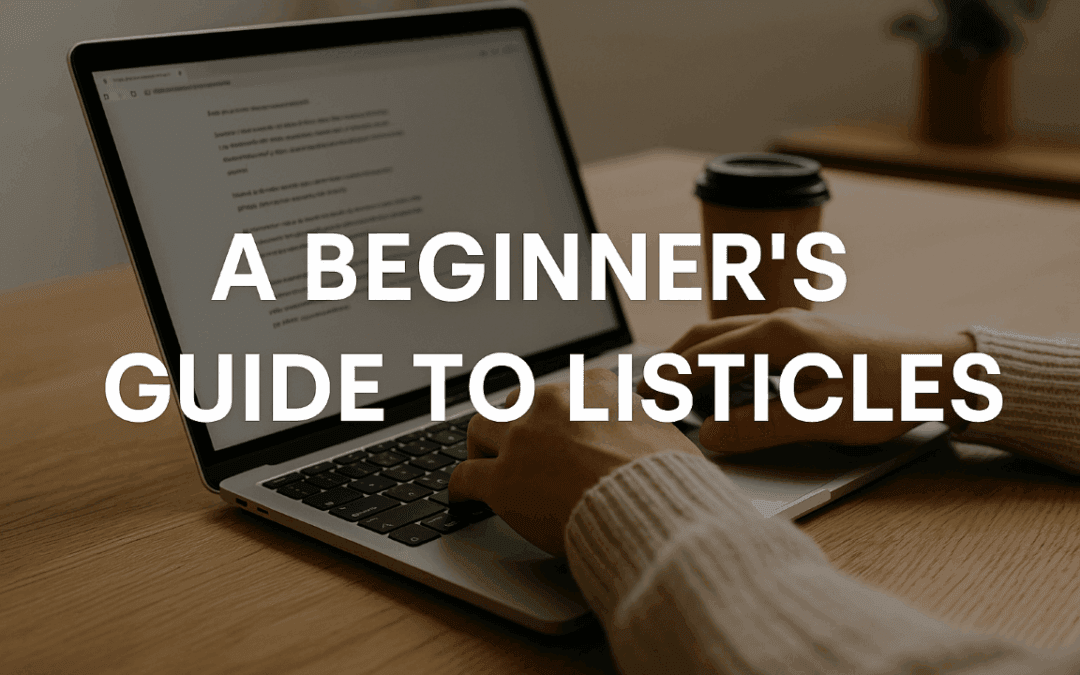
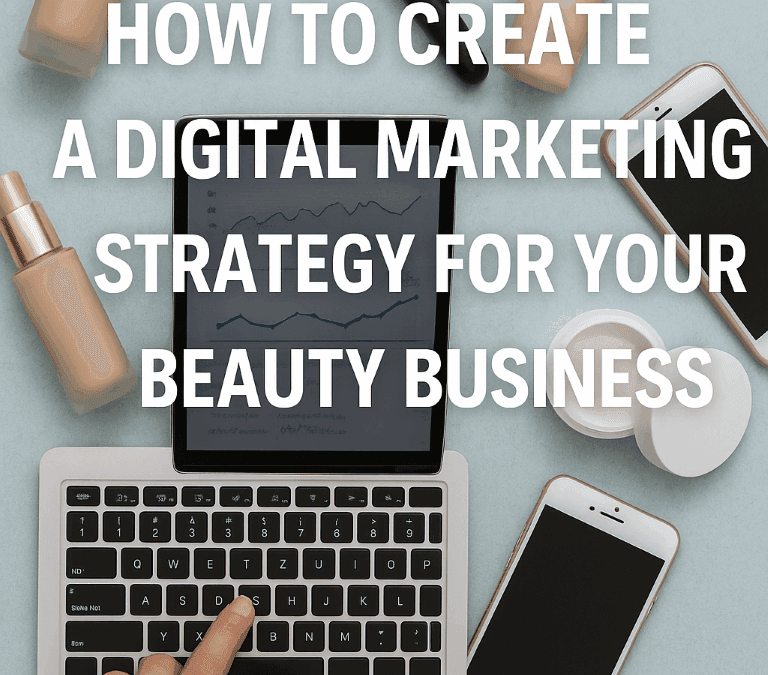
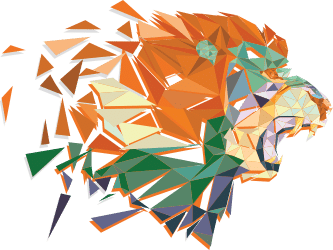
0 Comments